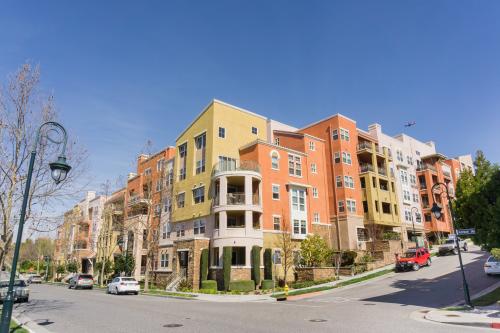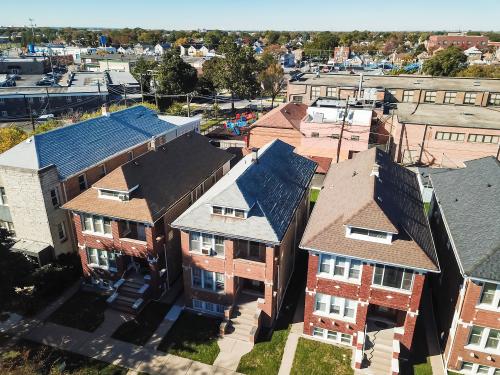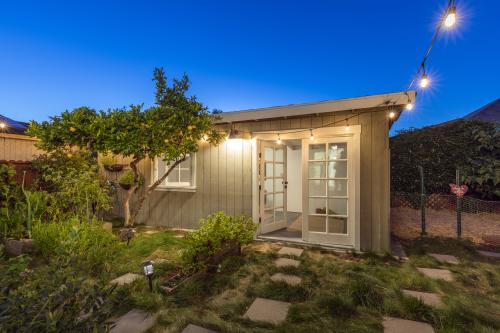This paper is part of a U.C. Berkeley Terner Center for Housing Innovation working paper series.
As California’s gap between incomes and housing costs continues to widen, state and local policymakers are grappling with ways to improve affordability (Bliss, 2019; Brinklow, 2019; Dillon, 2019; Hsieh and Moretti, 2018; Yglesias, 2018). One approach is to encourage development of smaller, less costly housing types. Apartments in multifamily buildings are cheaper than single-family detached homes in the same location, because they use less land per home. Stacking homes vertically also has environmental benefits, because apartments have lower energy usage and allow more efficient use of water and sewer infrastructure. Relative to low-density single-family homes, apartments also allow more people to live in desirable locations—places with an abundance of jobs, access to mass transit, good schools, and other amenities. In well-functioning housing markets, developers will build more apartments where land is expensive and demand for housing is strong. However, apartments are politically unpopular among single-family homeowners, who use zoning to deter or prevent multifamily development.
In this paper, we investigate whether apartment development in California has been constrained by local zoning. Our analysis uses new data collected by the Terner California Residential Land Use Survey. Specifically, we ask how local governments regulate apartment development. We also test for correlation between the number of multifamily permits and zoning metrics, controlling for local economic factors that affect the supply and demand for multifamily housing.








